Robert G. Aitken
Science: Astronomy
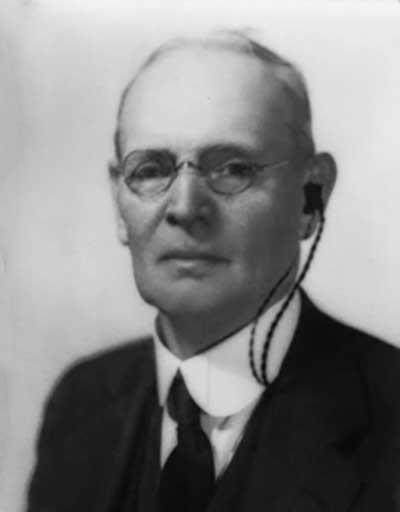
Robert Grant Aitken was born December 13, 1864. He was born in Jackson, California. When Mr. Aitken was a child he was sick a lot. He became deaf because he had middle ear infections (MP4). A long time ago there was not medicine to take to cure the infection (MP4). Every year Mr. Aitken could hear less and less. He was sick so much that he did not start school until he was nine years old. Mr. Aitken wore a hearing aid in one ear and read people's lips. Everyone at his school could hear so he did not sign.
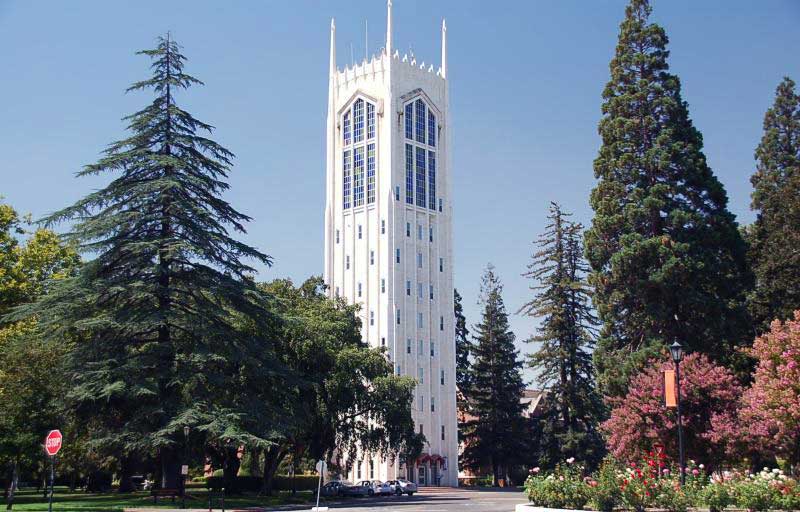
Mr. Aitken went to Williams College to become a preacher (MP4). Then he changed his mind. He decided he liked math (MP4) instead.
After he finished school he was a teacher at Livermore College. Then he was a math teacher at the College of the Pacific. When he was a teacher, he started to like astronomy (MP4). Astronomy is the study of stars.
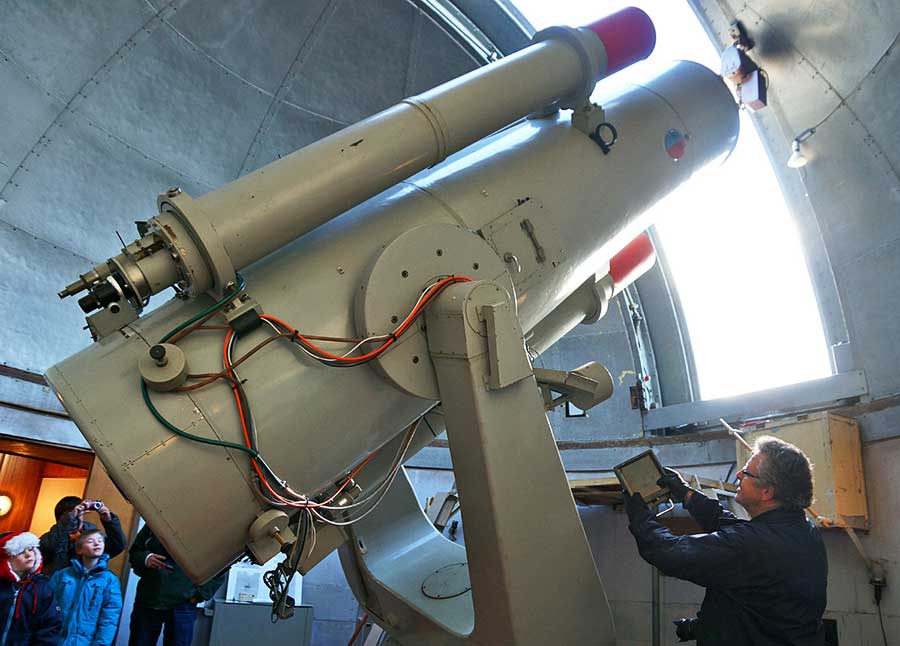
He wanted to know who could teach him about stars so he called the Lick Observatory (MP4). An observatory is a place where scientists use telescopes to look at the stars. See how a telescope works.
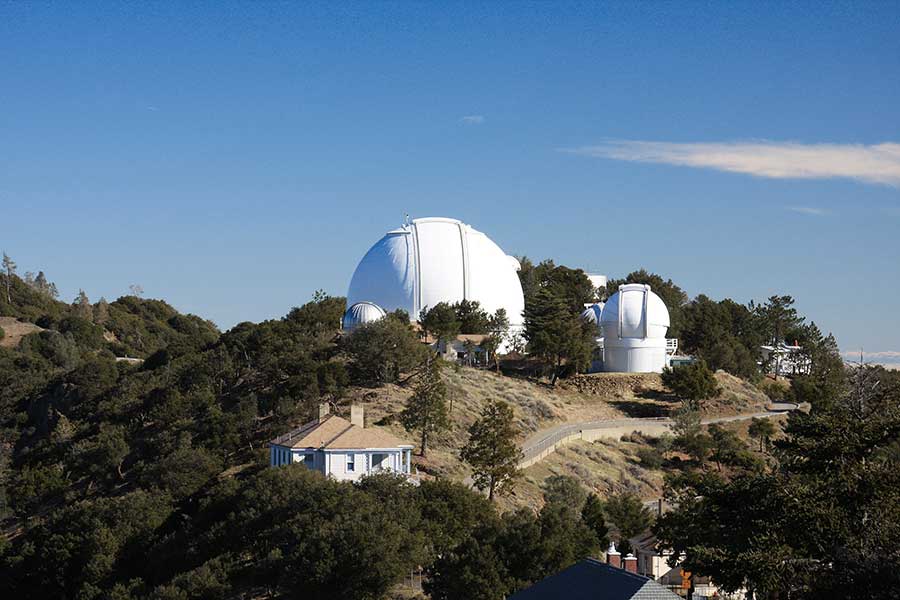
Mr. Aitken started going to the school to learn about astronomy. He was a good student so the teacher asked him to help. He became the Assistant Astronomer. An astronomer is a scientist who studies stars. In 1930, he became the director of the Lick Observatory.
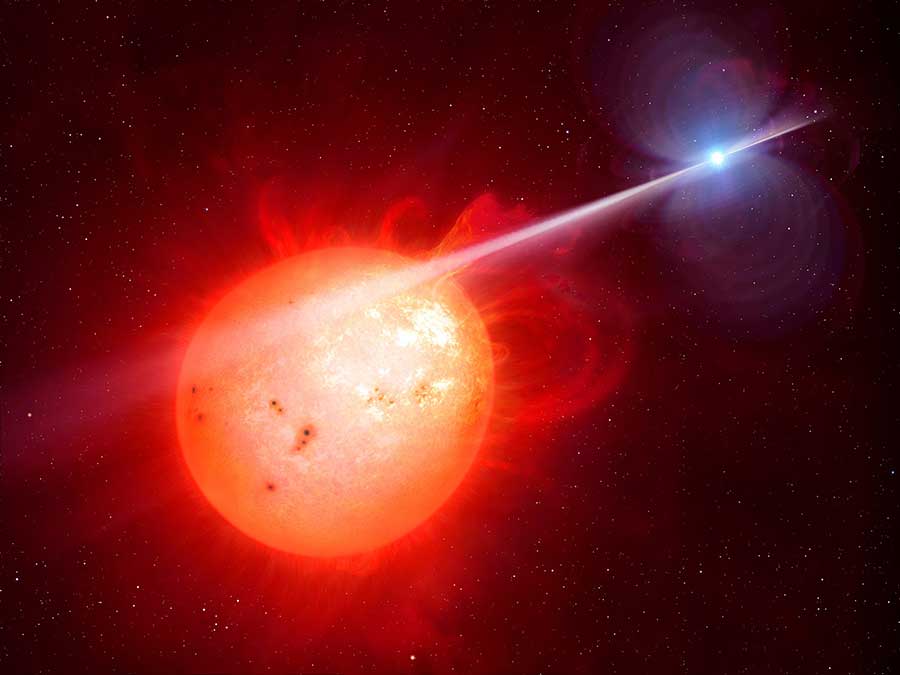
Mr. Aitken was a good astronomer (MP4). He discovered 3,030 binary stars all by himself. Binary stars are stars whose paths cross each other. There are always two together. He wrote two books about stars. See a binary star animation.
He also studied satellites. A satellite is a moon that orbits a planet. He studied the satellites that orbited Mars, Jupiter, Uranus, and Neptune.
/prod01/twu-cdn-pxl/media/images/deaf-scientist-corner/mars.jpg) Mars
Mars
/prod01/twu-cdn-pxl/media/images/deaf-scientist-corner/jupiter.jpg) Jupiter
Jupiter
/prod01/twu-cdn-pxl/media/images/deaf-scientist-corner/uranus.jpg) Uranus
Uranus
/prod01/twu-cdn-pxl/media/images/deaf-scientist-corner/neptune.jpg) Neptune
Neptune
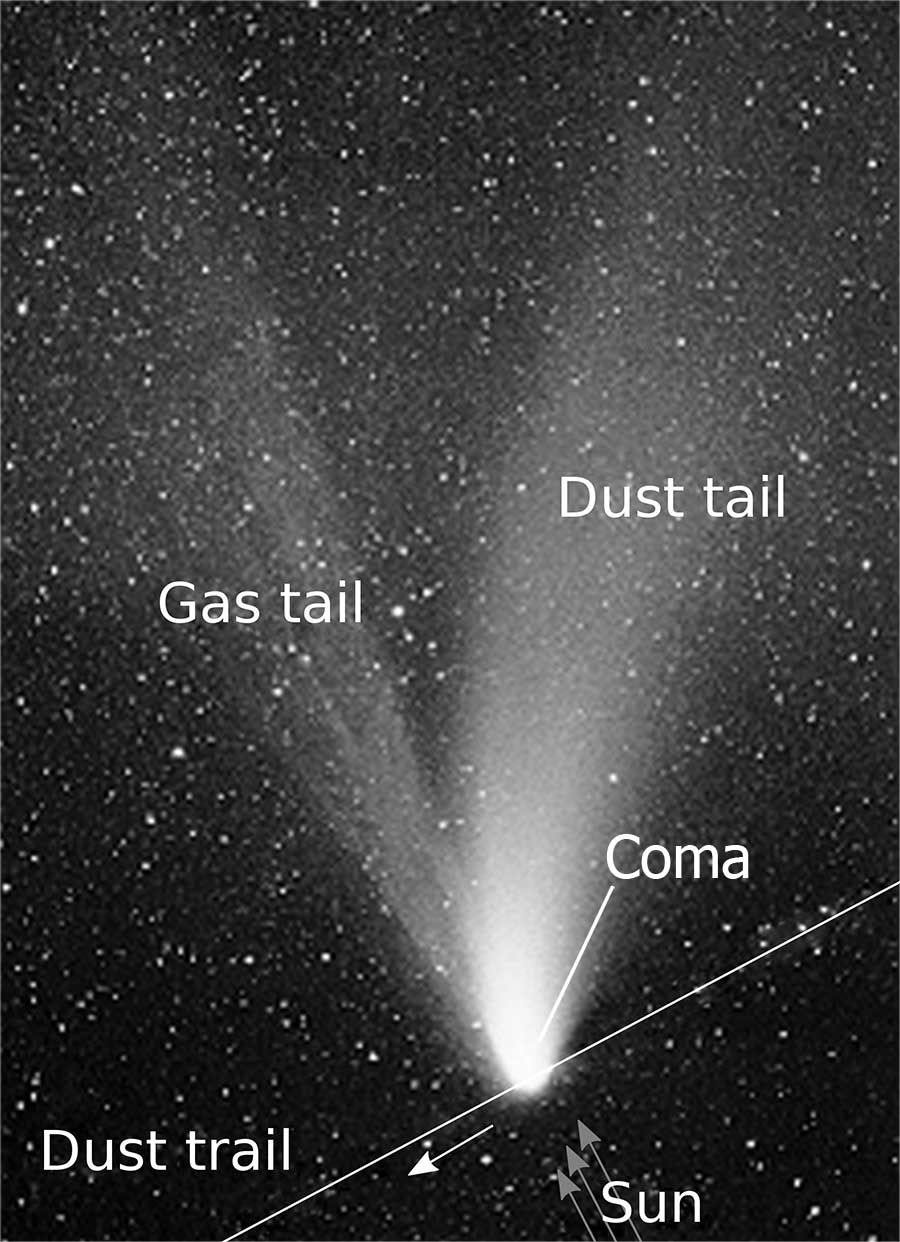
Mr. Aitken also studied a few comets. A comet (MP4) is a mix of ice, dust, rocks, and gas. The ice, dust, rocks, and gas leave a trail behind the comet. The trail is called the comet's tail. See a comet's tail.
People liked Mr. Aitken because he was skilled at teaching people about astronomy. He was the president of two groups. A president (MP4) is a leader of a group. Mr. Aitken was married to Jessie Thomas. He had 4 children, 8 grandchildren, and 9 great-grandchildren. When Mr. Aitken was 87 he fell and hurt himself. He died on October 29, 1951.
/prod01/twu-cdn-pxl/media/images/deaf-scientist-corner/astronomical-society-of-the-pacific-logo.jpg)
Credit: Astronomical Society of the Pacific https://creativecommons.org/licenses/by-sa/3.0/
/prod01/twu-cdn-pxl/media/images/deaf-scientist-corner/aas.jpg)
Credit: Website of the AAS https://creativecommons.org/licenses/by-sa/4.0/
Awards He Won
- Bruce Medal of the Astronomical Society of the Pacific
- Lalande prize of the Academy of Sciences of France
- American Astronomical Society Gold Medal
Special Honors
- Sc.D. Williams College
- Sc.D. College of the Pacific
- Sc.D. University of Arizona
- LL.D. University of California
Read More about Robert G. Aitken
PBWorks Wiki - Robert G. Aitken
References
- Astronomical Society of the Pacific. (1993). Robert G. Aitken: The Twenty-First Bruce Medalist. Rohnert Park, California: Tenn, Joseph, S.
- Lang, H. G., & Meath-Lang, B. (1995). Robert Grant Aitken. In A Biographical Dictionary: Deaf Persons in the Arts and Sciences (pp.1-3). Westport, CT: Greenwood Press.
- National Academy of Sciences. (1958). Robert Grant Aitken. Washington DC: William H. Van Den Bos.
Page last updated 11:35 AM, April 20, 2023